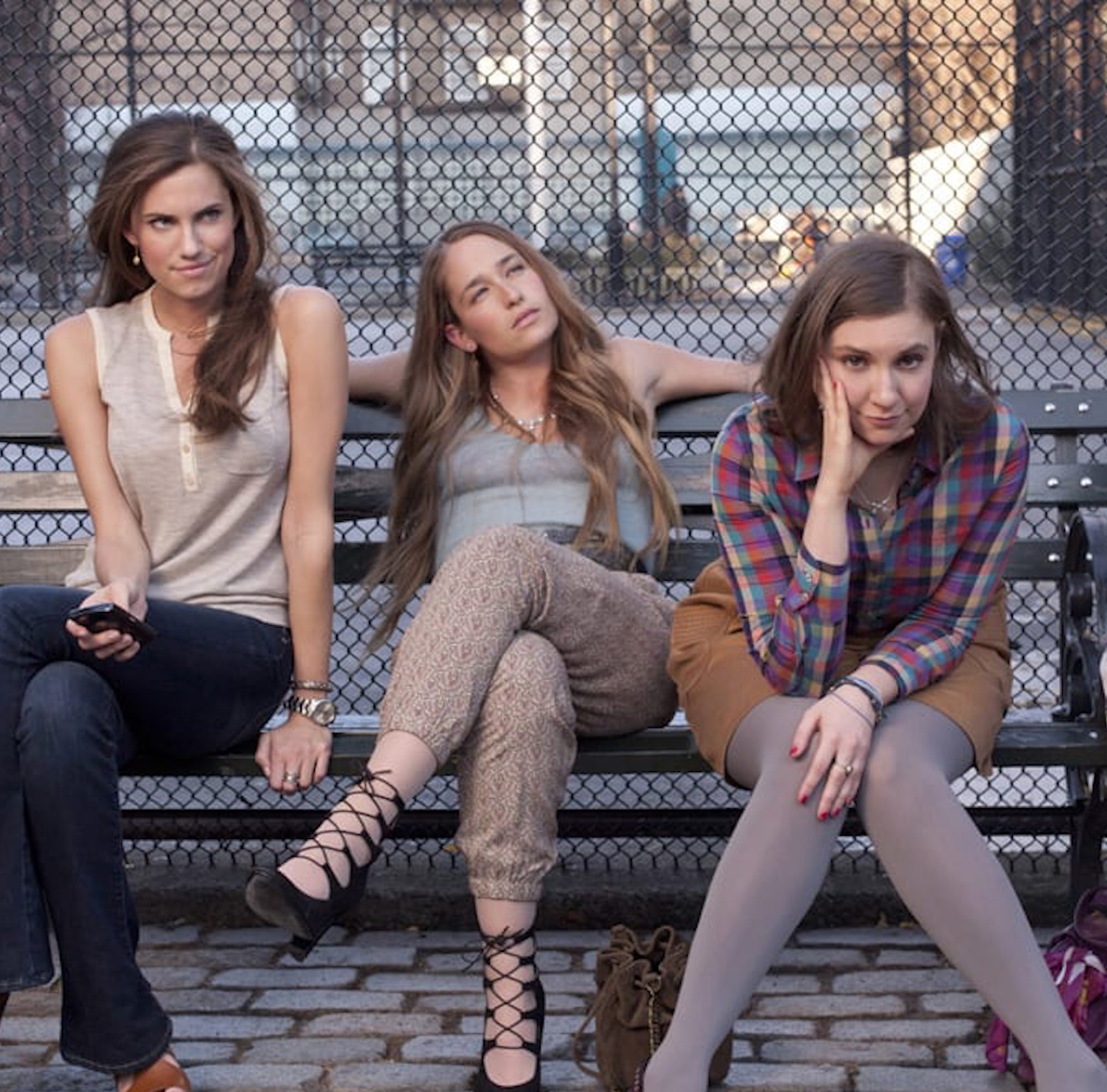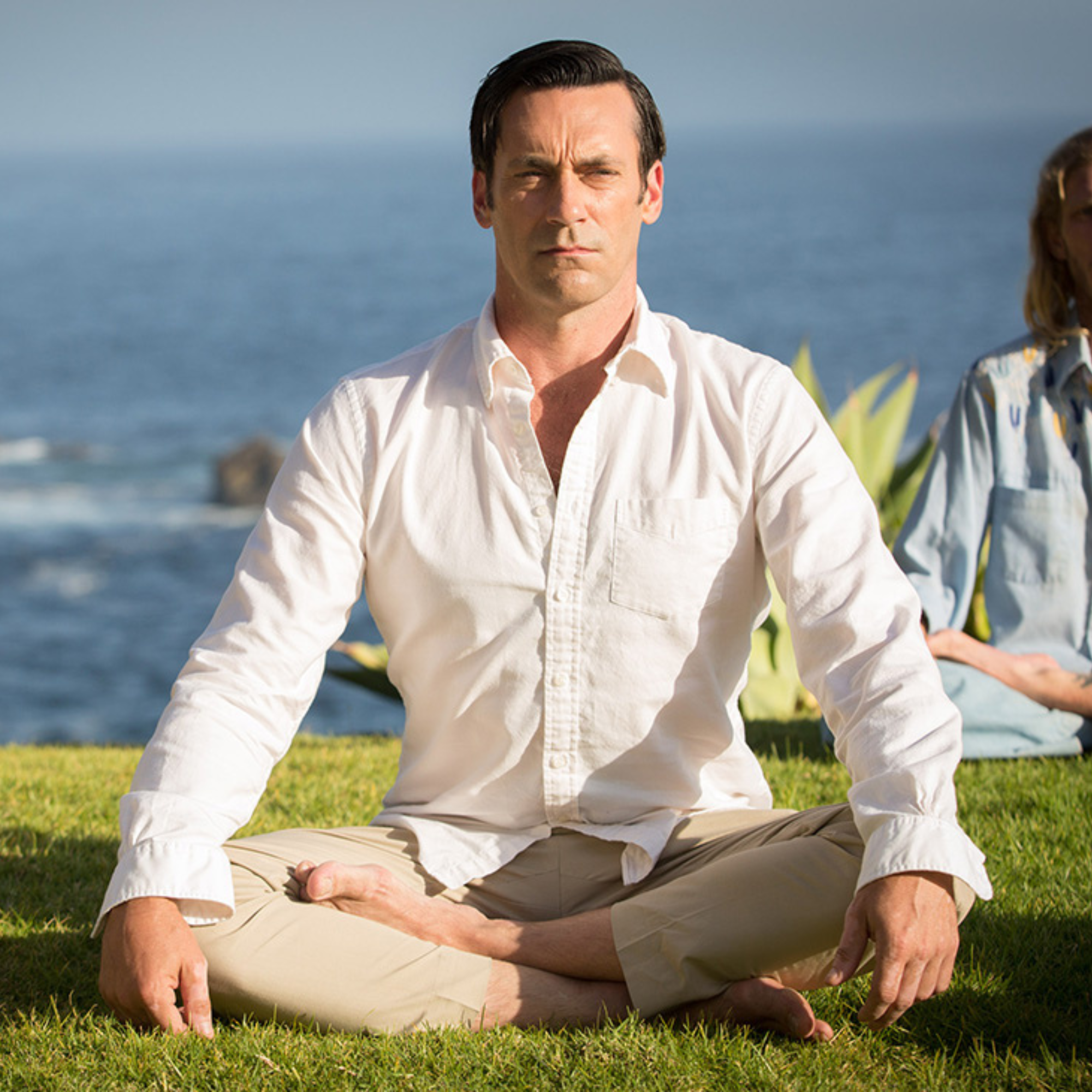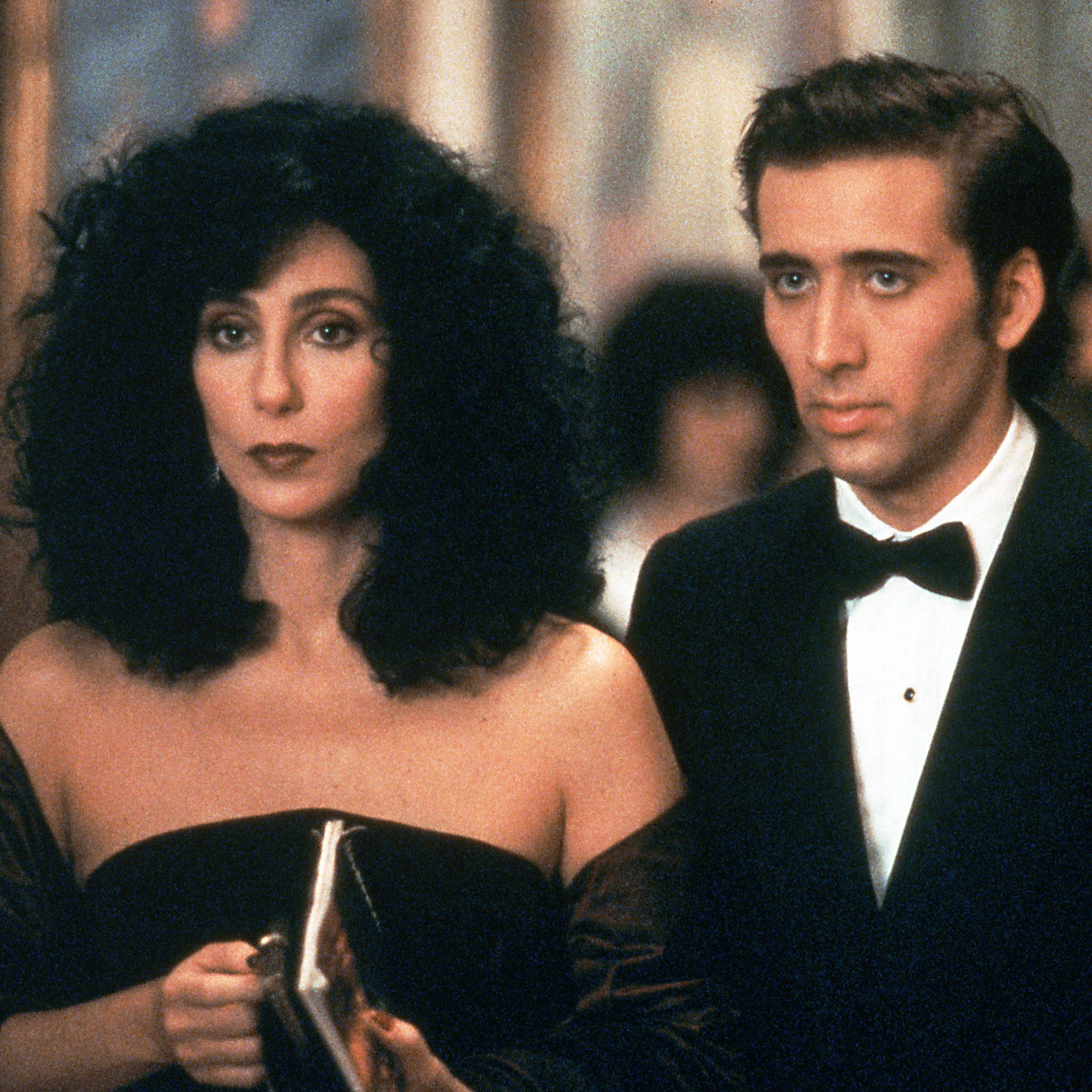Evan Grillon on Deadwood’s “Calamity” Jane and the false burden of helping ourselves before we can help others.
It’s a cliche among cultural critics to note that their favorite shows could not be made today, to which anyone could reasonably respond that of course the show could not be made today, as it was already made yesterday.
So Deadwood could not be made today, it was made in 2004, and no, if it were not made then, perhaps it could not have been made now, because Deadwood has what they refer to in the business as a reputation. It’s the show where they say cocksucker too much. It’s the show with an occasionally sympathetic pimp and saloonkeeper. It’s the show where people are murdered at a fantastic rate and give Shakespearean monologues that are erudite and occasionally hard to follow, about falling in love and having to scrub bloodstains out of floorboards. So maybe it could not be made today, no, but I am happy it was.
In Deadwood, which will be celebrating its 20th anniversary this year, there are drunks, junkies, sociopaths, cowboys, artists, prostitutes, and rich society women with murdered husbands. (Okay, so it is like many other Westerns in this respect.) It takes place in the Black Hills, “Indian Territory” on the cusp of incorporation in the wake of the Battle of the Little Bighorn. David Milch, the showrunner, is quoted in a number of places saying he wanted to make a show about “civilization coming together.” If The Sopranos was the show about “coming in at the end,” Deadwood is the show about barging in at the beginning, about “amalgamation and capital,” as one character puts it. The show argues over and over again, if a show can argue, that the seeds of a community’s own destruction are sowed from the very first, watered by the bloodshed that ensues in the scramble to gain control.
If The Sopranos was the show about “coming in at the end,” Deadwood is the show about barging in at the beginning
The best run in the show is not the string of episodes where Al Swearengen, the pimp, has to pass a gallstone and the whole camp rallies around him, or the war the town gets into with real-life mining magnate and US Senator George Hearst, it’s the first five episodes, when the characters are still fresh and the seeming protagonist hasn’t been shot in the back of the head yet. We see our cast arrive in the town—most importantly, former and future sheriff Seth Bullock and his business partner, Sol Star, and Wild Bill Hickock and his protectors, Charlie Utter and Jane Canary, all based on real people.
A town as lawless as Deadwood “attracts a certain kind of man,” as the aforementioned rich society woman puts it. A dynamic wherein the righteous protect the helpless from evil plays out in the show over and over, with the righteous often putting their righteousness above and beyond any foresight. Their triumph is typically temporary, conditioning retaliation and further violence. In the first episode of Deadwood, a wagon-full of Norwegians fleeing the town is murdered by Swearengen’s road agents, who accidentally leave a little girl alive. The girl is rescued by Hickock and Bullock and company, setting off a tense showdown which ends when Jane Canary and Charlie Utter abscond with the child, and Swearengen opts to kill his road agent for leaving a “loose end.”
Jane (based on the real-life Calamity Jane) is the fulcrum of heartbreak in the show. A fuck-up, a drunk, and an occasional coward, she is only happy when she is helping others. For a show with such a reputation for skullduggery, all of that violence and mischief is counterweighted by the tenderness of a few characters: Jane has always stood out to me.
 | Aug 30, 2023 Television’s shortcut to complexity. |
 | Aug 28, 2023 Postmodern pandemonium. |
|
|  | Jun 19, 2023 |
|
|  | Mar 8, 2023 |
|
|  | Feb 16, 2023 |
|
|  | Apr 26, 2021 |
|
|  | Nov 8, 2023 |
|









